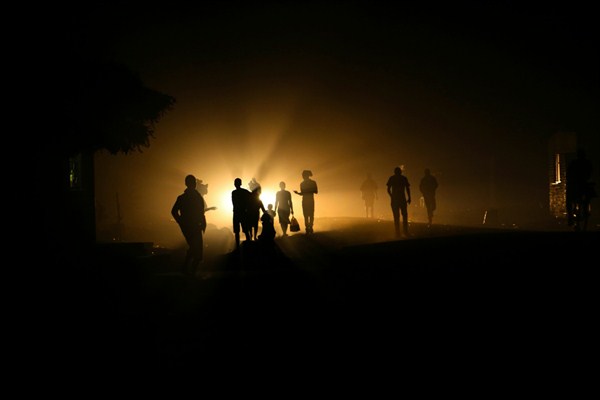Two years after the military coup that removed Robert Mugabe from power, Zimbabwe has entered a new spiral of decline that threatens to take the country back to the worst days of his era. President Emmerson Mnangagwa, who came to power in that coup, had promised a “new beginning” for Zimbabwe. That initially bought him some valuable breathing space, and even goodwill from the international community, which seemed willing to give him an opportunity to make good on his pledge.
It hasn’t taken long for the euphoria—always rooted more in the demise of Mugabe than in the rise of Mnangagwa—to vanish. The first indications that so-called reform was likely to be superficial came in July 2018 with Zimbabwe’s disputed presidential elections. It was all too familiar, including when security forces used live ammunition against protesters, killing at least six people.
Then, early this year, more protests against huge increases in the price of fuel triggered more repression, with more protesters killed by security forces. The regime’s response in poorer urban areas also expanded to include a campaign of mass arrests, abductions and rape.

